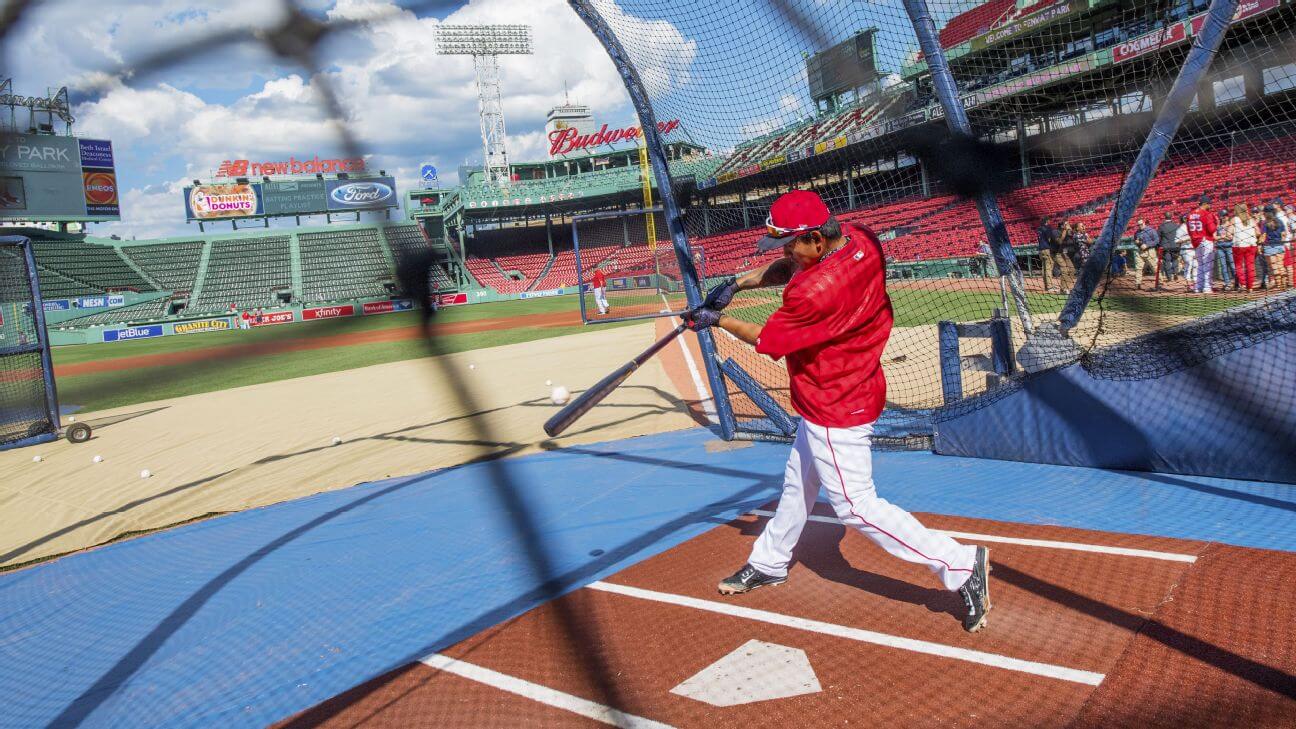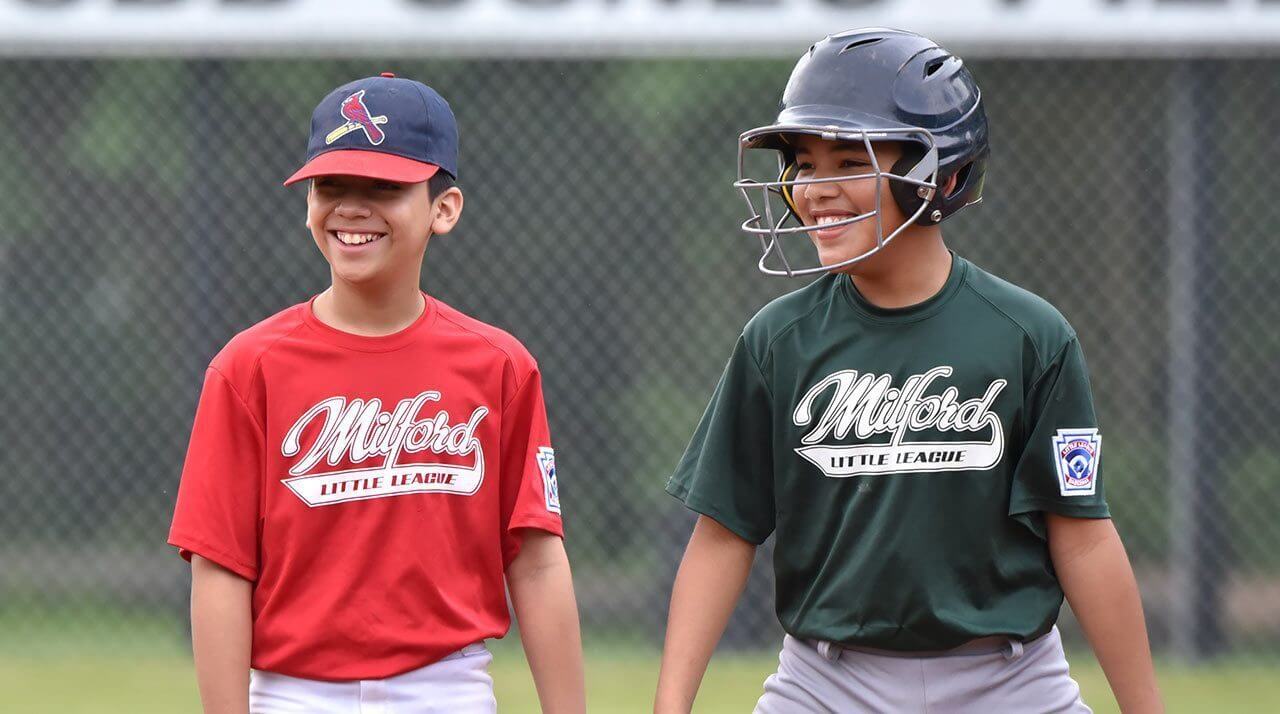Fielding percentage is one of the key defensive metrics used to evaluate players in baseball, especially in high school. It measures the percentage of plays a fielder makes successfully out of the total number of chances they had. A high fielding percentage indicates solid defensive skills for that player.
While hitting and pitching tend to get more attention, strong defense is critical for any good baseball team. As the saying goes, “Offense sells tickets, defense wins championships.” Even at the high school level, fielding mistakes can make the difference between winning and losing games. So working on fielding fundamentals through proper drills and focused practice is just as important as improving offense.
This article explores typical fielding percentages, factors that impact fielding performance, and how to enhance fielding skills for high school players. Mastering the mental and physical aspects of fielding gives players and teams the best opportunity to excel on defense.
Typical Fielding Percentages

Typical fielding percentages can vary by position in high school baseball. According to the source, on average a good high school fielding percentage is around .980 to .990 overall.
Specifically, here are some benchmarks by position:
- Catcher: Around .990 fielding percentage
- First Base: Around .990 fielding percentage
- Second Base: Around .970 fielding percentage
- Shortstop: Around .950 fielding percentage
- Third Base: Around .940 fielding percentage
- Outfield: Around .980 fielding percentage
These are rough averages, as actual percentages may vary based on the skill level of the players. Generally though, middle infield positions like second base and shortstop tend to have lower fielding percentages than corner infield and outfield positions. Catchers also typically maintain high fielding percentages.
Factors That Impact Fielding Percentage
Fielding percentage can vary greatly depending on the age, experience level, and coaching of the players. Generally, older and more experienced players will have better fielding percentages as they have had more time to develop their skills. Younger players and those new to the game will make more errors and have lower fielding percentages.
Proper coaching and instruction are critical for developing good fielding fundamentals from an early age. Players who receive high-quality coaching throughout their development will typically have better mechanics, footwork, and awareness, enabling them to field their position effectively. Teams with engaged coaches who prioritize defense often achieve higher fielding percentages across all positions.
The physical abilities of players also impact fielding percentage. Speed, agility, hand-eye coordination, and arm strength all contribute to how well a player fields their position. As players grow bigger and stronger during their high school years, their defense generally improves if focus is maintained on proper technique.
Overall, the combination of player age, experience, coaching, and physical development are key drivers of fielding percentage at the high school level. An experienced, well-coached team is likely to achieve higher fielding percentages than a younger team, but continued practice is required to maintain defensive skills.
Drills to Improve Fielding

There are many drills high school baseball players can do to improve their fielding skills.
Some common fielding drills include:
- Taking ground balls – One of the most fundamental fielding drills is to repeatedly field ground balls. Coaches will hit grounders to players from different angles and speeds to practice fielding technique and footwork.
- Fly ball drills – Outfielders need practice tracking and catching fly balls, especially balls hit over their head. Drills like fungo drills allow players to practice catching balls hit to all parts of the outfield.
- Double play drills – Infielders can practice turning double plays by receiving a ground ball, throwing to the base, and turning it quickly to throw to first base. Doing this drill repeatedly develops infielders’ coordination and speed.
- Bunt defense – Players practice responding to bunted balls by getting in front of the ball and fielding it cleanly to make a quick throw to first base.
- Soft hands – Coaches will hit grounders without gloves to encourage soft hands and improve fielding technique.
Doing targeted drills like these regularly will help high school players master the fundamentals of fielding various types of batted balls. Fielding practice is crucial for building skills and confidence.
Importance of Fielding Practice
Consistent fielding practice is critical for developing strong defensive skills in high school baseball. As the old adage goes, “practice makes perfect.” Repetition allows infielders and outfielders to ingrain proper mechanics into muscle memory and react instinctively on the field.
Regular fielding drills build confidence by increasing comfort with fundamentals like shuffling lateral movement, charging ground balls, tracking fly balls, and transferring from glove to hand on throws. With dedicated practice, skills become second nature rather than requiring constant thinking and focus in game situations. As fielders develop competence through repetition, they gain assurance to attempt more difficult plays.
Fielding drills with specific focus areas are more effective than repetitive random practice. Targeted drills isolate and refine key skills needed at each defensive position. For instance, outfielders may spend time on tracking fly balls or hitting the cutoff man, while infielders work on double plays or charging bunts. Breaking fielding down into discrete skills and honing them through repetition primes players for success during games.
Ultimately, consistent and deliberate fielding practice establishes muscle memory and confidence that transforms players into defensive assets for their high school baseball team. Mastery of fundamentals through repetition provides the foundation for making spectacular plays rather than routine mistakes.
Field Conditions
Field conditions can have a significant impact on fielding percentage in high school baseball. Poorly maintained fields with uneven surfaces, divots, and bad hops can make it much more difficult for infielders to field ground balls cleanly. High schools that invest in high quality field maintenance, such as dragging and raking the infield dirt daily, can help improve fielding percentages. Smoother infield surfaces allow ground balls to take more predictable bounces into fielders’ gloves.
Outfield conditions are also important, as overgrown grass can cause balls to slow down or take unexpected hops. Fielders tend to have higher fielding percentages when playing on meticulously maintained fields. It is recommended that high schools prioritize daily field maintenance to give players the best chance at fielding cleanly.
Equipment Considerations
A high school baseball player’s fielding ability can be significantly impacted by having proper equipment that fits well and provides traction. Two key pieces of equipment are gloves and cleats.
Glove Quality and Fit
Having a high quality glove that fits the player’s hand size is crucial for good fielding. An ill-fitting glove can cause the ball to pop out or the player to misjudge balls hit near the edge of the glove. A glove that is too large or too small will negatively impact the player’s ability to cleanly field ground balls and line drives.
Investing in a glove made with high quality leather that offers good pocket depth and wrist support is recommended. Players should try on multiple glove sizes at a sporting goods store and properly break-in a glove before using it in games.
Cleats for Traction
Wearing cleats with good traction helps infielders and outfielders get quick first steps and lateral movements when fielding balls. Metal cleats generally provide the best traction, especially on dirt infields. However, many youth leagues prohibit metal cleats due to safety concerns. In that case, molded plastic cleats with multiple stub studs give decent traction.
The stud pattern and length of the cleats can be selected based on the primary field surface. Keeping cleats clean by removing built-up dirt improves traction over the course of a game or season. Proper footwear gives players the stability needed to field cleanly.
Common Fielding Mistakes

Poor throwing mechanics is one of the most common fielding mistakes in high school baseball. Many young players do not step towards their target when throwing, leading to inaccurate throws that pull the first baseman off the bag. Players should be taught proper footwork like stepping towards their target with their glove-side foot when making throws.
Another mistake is not getting the body in front of the ball. Players try to scoop balls that are off to their glove side instead of moving their feet to field the ball out in front of their body. This leads to poor control and botched plays. Having soft hands to field the ball cleanly is important, but players must learn to position themselves properly to field grounders.
Rushing throws is also problematic. High school players often grab the ball and fire it to first base as quickly as possible without setting their feet. This leads to off-target and offline throws. Players should be coached to field the ball cleanly first, then set their feet and make a balanced throw to maximize accuracy. More composure on routine plays will lead to better fielding percentages.
Mental Aspects of Fielding
Fielding well requires focus, confidence, and the ability to quickly move past mistakes. Players need to block out distractions and stay focused on each pitch and play. As renowned sports psychologist Harvey Dorfman said, “Concentration is the closest thing to magic I know”. Developing an intense focus on the task at hand is essential.
Confidence also plays a big role in fielding success. Players who believe in their skills and abilities tend to field better. Setting small achievable goals, like fielding 10 ground balls in a row during practice, can build confidence over time.
Dealing effectively with errors and mistakes is another mental challenge. Players shouldn’t dwell on errors, but analyze them briefly after the game and then let them go. The best fielders have short memories when it comes to miscues. They focus on the next play, not the last one. With the right mental approach, any player can become an excellent fielder.
Conclusion
Fielding is a critical component of playing successful baseball at the high school level. While hitting and pitching may get more glory, strong fielding can make the difference between winning and losing games. A good fielding percentage demonstrates solid fundamental defensive skills and the ability to consistently make plays to record outs.
For high school players, the goal should be achieving at least a .950 fielding percentage or higher. This requires dedicated practice time spent on essential drills for throwing, catching, ground balls, and other defensive fundamentals. Fielders must also learn to overcome common mistakes like booted grounders or errant throws. Developing the mental focus and concentration needed for fielding excellence is just as important as physical skills.
By regularly practicing fielding fundamentals and continuing to improve defensive skills, high school players can contribute to their team’s success on the field. A strong fielding percentage proves the ability to make key defensive plays when it matters most. For any baseball player with aspirations of advancing to higher levels of competition, defense is a core area where hard work will pay off.








